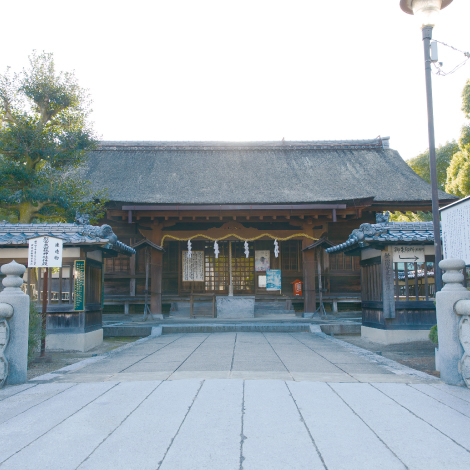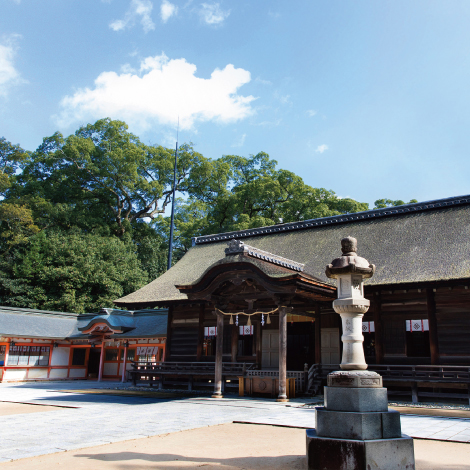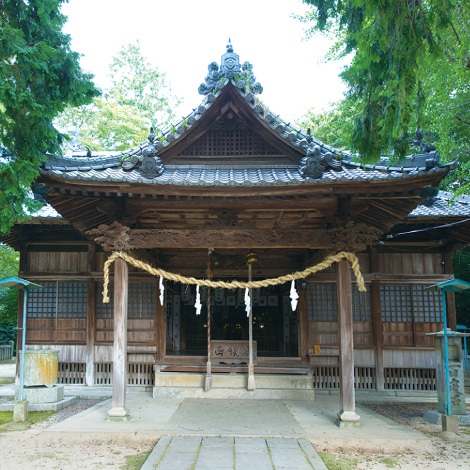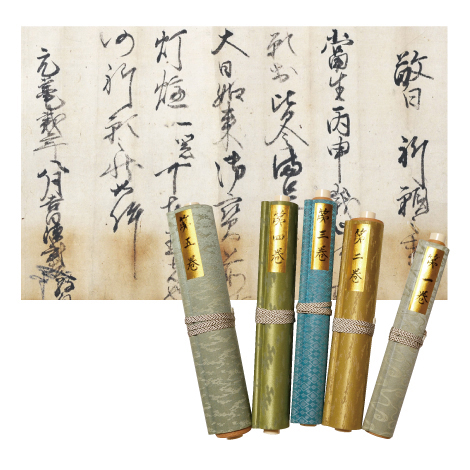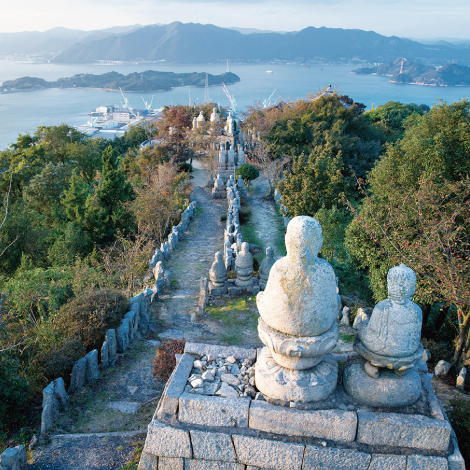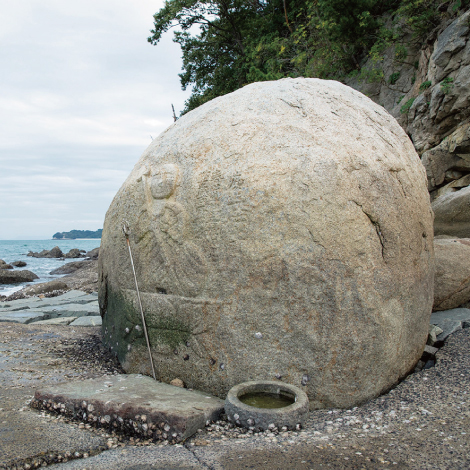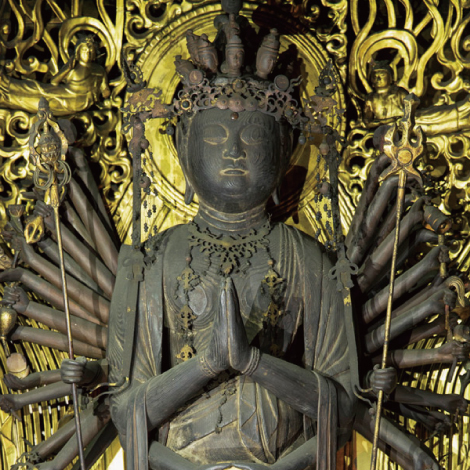Beliefs
The daily life of protecting the seas was supported
by the power of the gods.
The Oyamazumi Shrine, located on Omishima Island known locally as the “Island of the Spirits”, has a long and ancient history. The Shinto spirit enshrined there was seen as watching over all of Japan, as as the leading spirit for the then province of Iyo. The Murakami Kaizoku venerated the spirit as the protector of martial exploits and maritime safety. The commanders of the Murakami Kaizoku collected their hopes here to be dedicated as prayers for luck in battle.
Must see attractions
